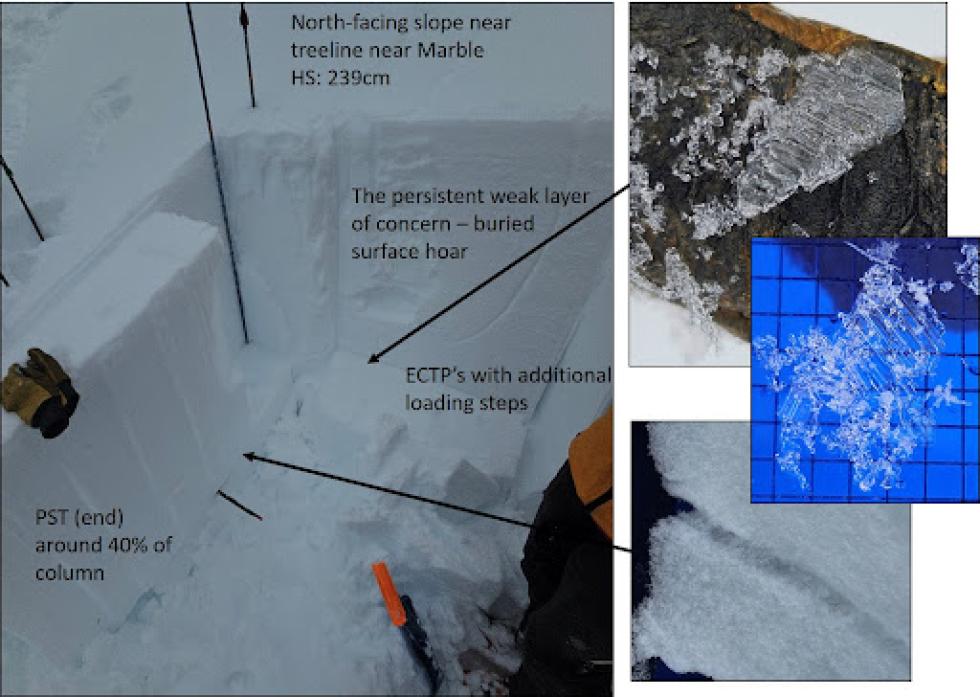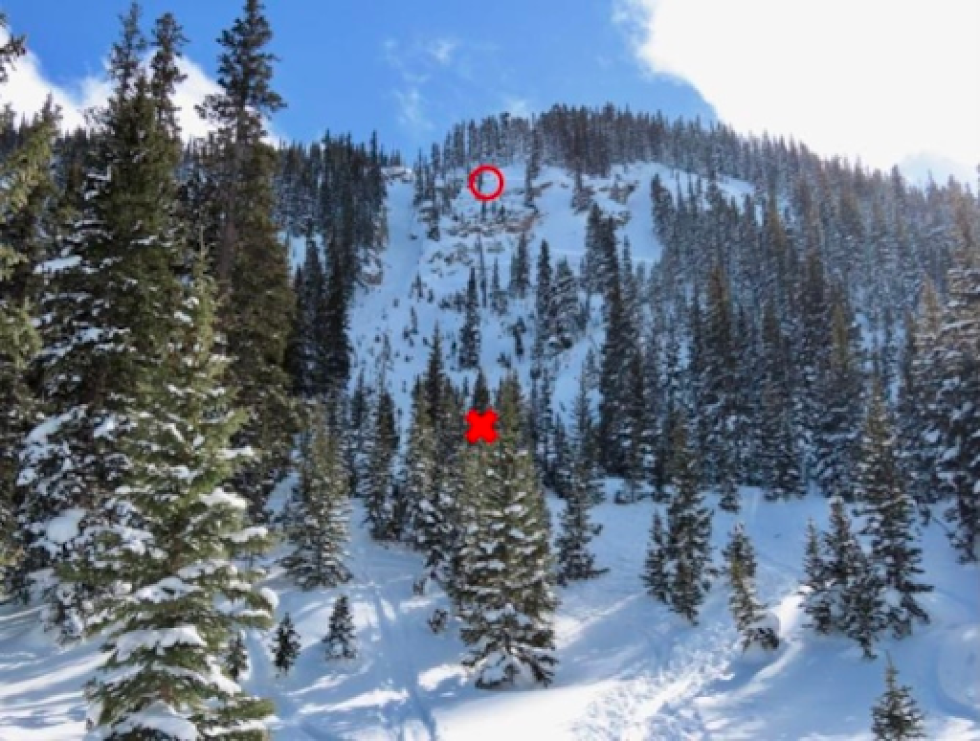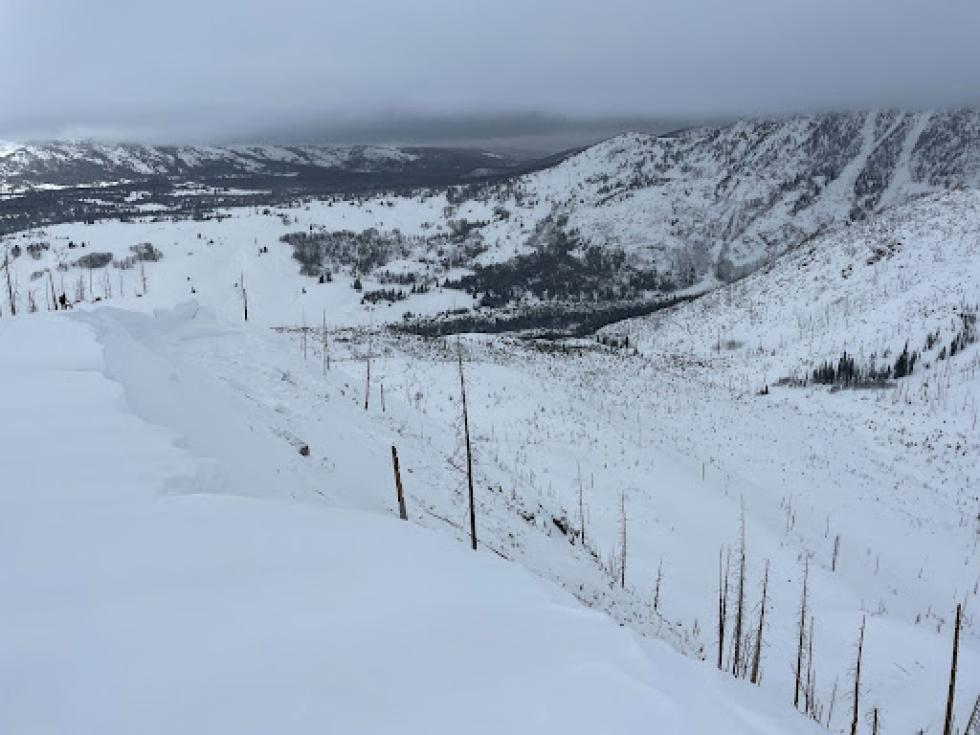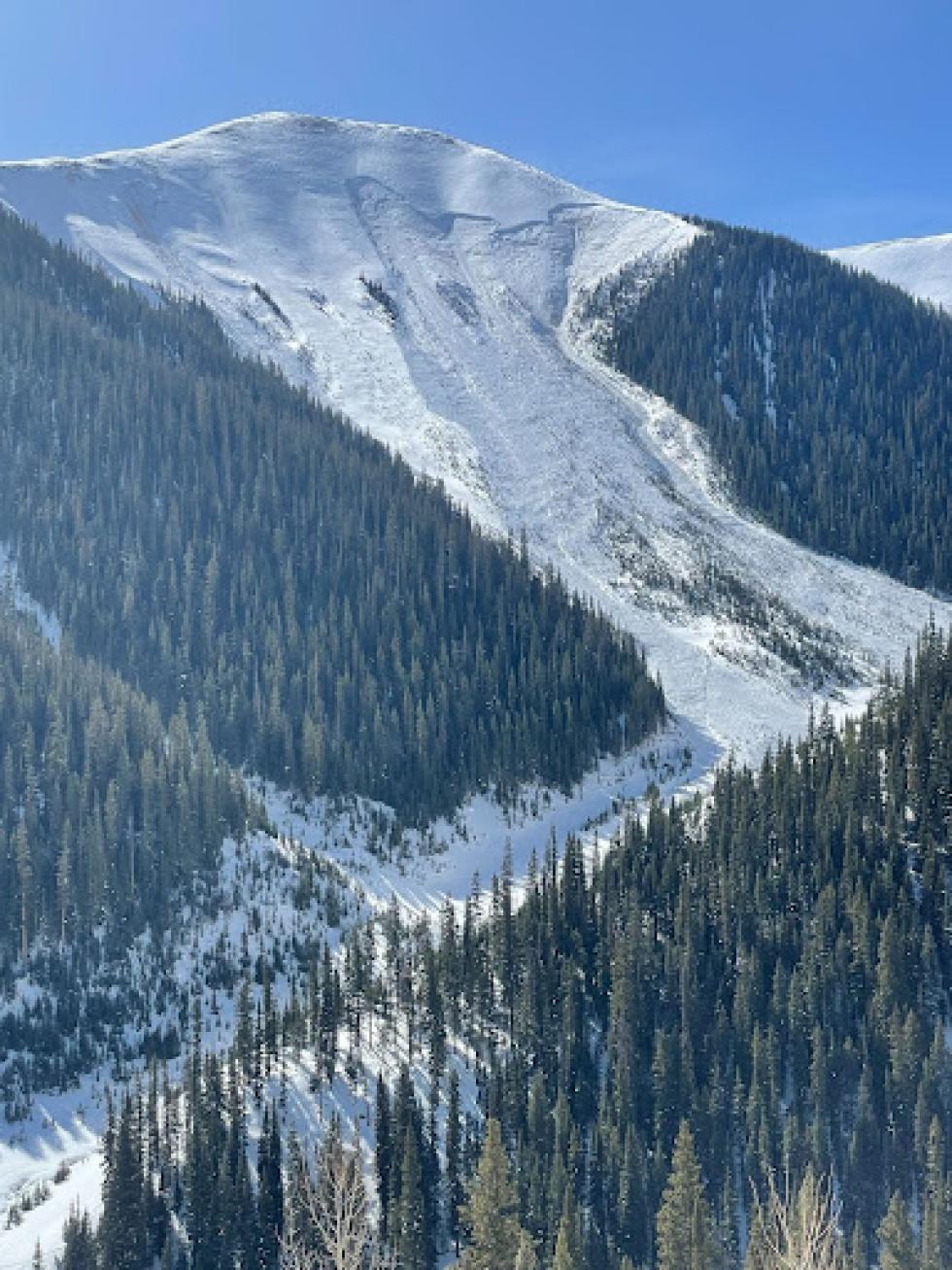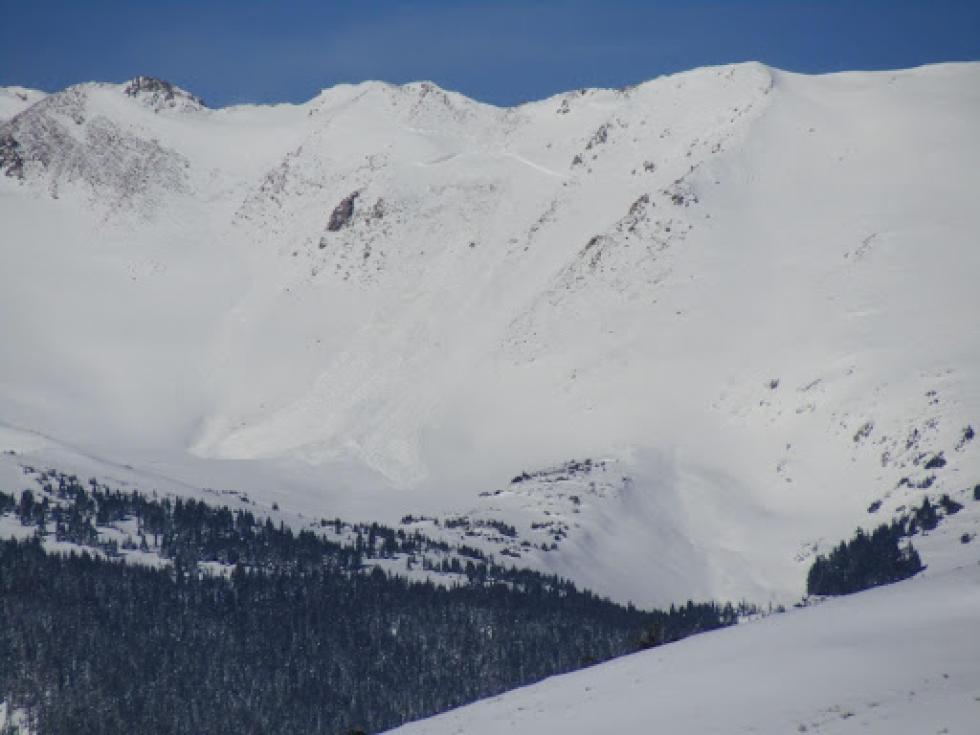February 2024 Summary
Summary:
February was an eventful month with four notable storms and avalanche cycles. Avalanche activity included many human-triggered avalanches, a few small natural avalanche cycles, and a fairly widespread natural avalanche cycle at the end of the month:
- 1,145 avalanches recorded across the state
- 500 avalanches size D2 or larger
- 22 avalanches size D3
- 204 human-triggered avalanches
- 23 avalanche incidents and accidents
- 1 avalanche fatality
Throughout the month, avalanches broke on the persistent weak layers that developed on the snow surface across the state during the dry period at the end of January. Depending on aspect and region, it was either surface hoar, facets, or melt-freeze crust/facet combinations that developed on the snow surface. Buried by the first February storm, these mid-pack weak layers were responsible for many close calls, incidents, and a fatality near Crested Butte.
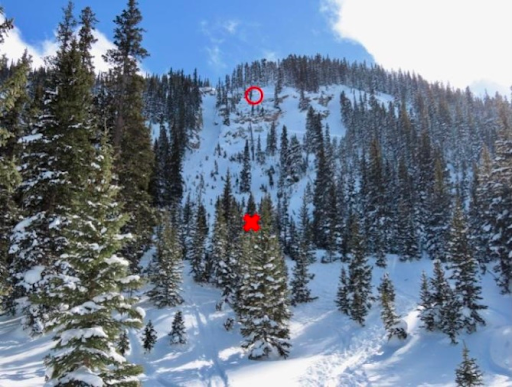
Notable Weather:
The first storm of the month arrived within the first couple of days of February, burying the persistent weak layer statewide with one to two feet of snow. Because this storm arrived with little wind, it buried the layer of surface hoar crystals “upright”--instead of the wind knocking them down–creating an especially fragile weak layer. Although the buried surface hoar was widespread on west through north to southeast aspects at all elevations across most of the Central and Northern Mountains, it was consistently identified as the layer of failure in avalanches primarily around the West Elk and Elk Mountains. Avalanches outside of this area were observed to fail on the near-surface facets and near-crust facets.
Between February 6-9, the next storm arrived on a southwest flow, bringing two to four feet of snow to the Central and Southern Mountains. The Northern Mountains got up to a foot of snow when the flow shifted to the west halfway through the storm. Unsettled weather continued for a few days bringing slow but steady snow showers to the Southern and Central mountains until around February 11.
The remnant of an atmospheric river event arrived in Colorado as a strong, but underperforming storm on February 15. The first part of the storm was followed by an intense cold front from the northwest, producing intense snowfall. Overall this two-part storm brought around a foot of snow or more and strong, consistent winds to most of the state.
Unsettled weather resulted in more snow–mostly for the Northern Mountains–between February 20-23. The next notable storm arrived on February 26, bringing two to three feet of snow to the Southern Mountains and half that in the Central Mountains. For the final days of February, a cold, dry air mass moved into Colorado and very cold temperatures ensued after an unusually warm February.
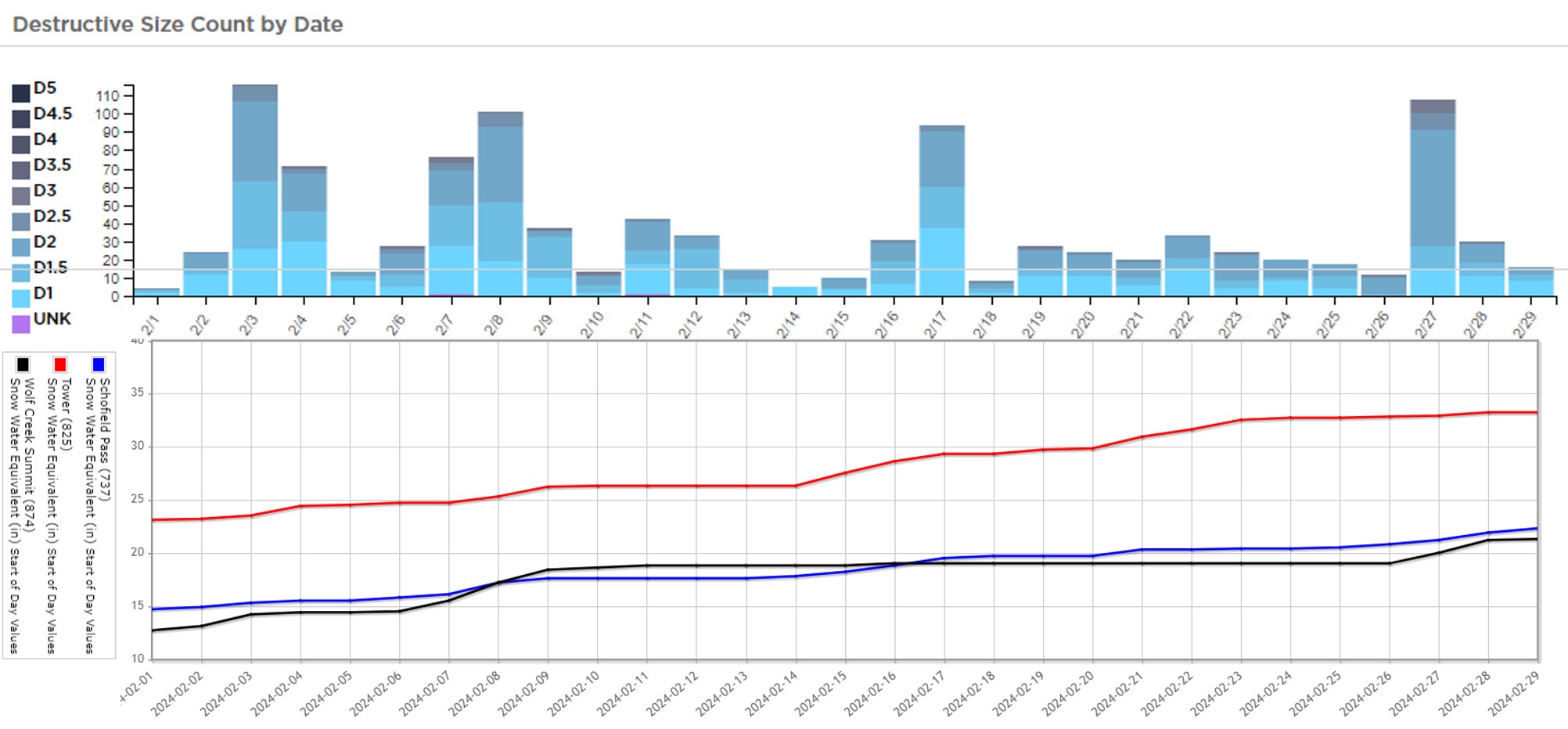
Avalanche Cycles:
There were four notable natural avalanche cycles in February correlating with the four notable storms (Graph 1). The first two occurred close together in early February. The first storm overloaded the new persistent weak layer on February 3-4, resulting in an avalanche cycle. The next storm on February 7-8 again overloaded the weak layer, which was now buried 1 to 3 feet deep. During these avalanche cycles, most avalanches reported were small and large (D1 and D2): Between February 2-9, 471 of 508 avalanches recorded were D2 or smaller. However, observers reported a few very large avalanches (D3) stepping down to deeper weak layers from early January and basal facet layers from early this season.
The next notable avalanche cycle occurred around February 17. Over three days, CAIC recorded 133 avalanches. Most of these avalanches failed on the early February weak layer and were larger with just under half of those reported categorized as D2 to D2.5 in size.
The last notable avalanche cycle occurred on February 27-28. In those two days, CAIC recorded 128 avalanches–97 of which were large to very large (D2-D3). Most of these avalanches broke within the new snow and quickly stepped down to the early February weak layer.

Accidents, Incidents, and Close-Calls:
There were 204 human-triggered avalanches throughout February, including 23 avalanches that caught and carried at least one person. Recording and analyzing avalanche statistics is critical in understanding avalanche patterns and predicting what the most dangerous slopes will be in the future. However, it is important to look behind the data at the lives changed by avalanche involvements. In February, these involvements included a group of guided ski tourers caught in an avalanche in the San Juan Mountains; a young woman fully buried without an avalanche transceiver; a snowmobiler fully buried and rescued by her partners; and our second avalanche fatality of the season near Crested Butte–just to name a few. This was a very difficult and tragic month for many backcountry travelers and the backcountry community as a whole.
As we head into March–a month when many people are used to stepping out into larger terrain as the weather becomes more spring-like–it is important to remember that we have several different persistent weak layers that have proven difficult to manage. Don’t get too ahead of yourself awaiting larger spring-time objectives and always remember to check the forecast before heading out into the backcountry
